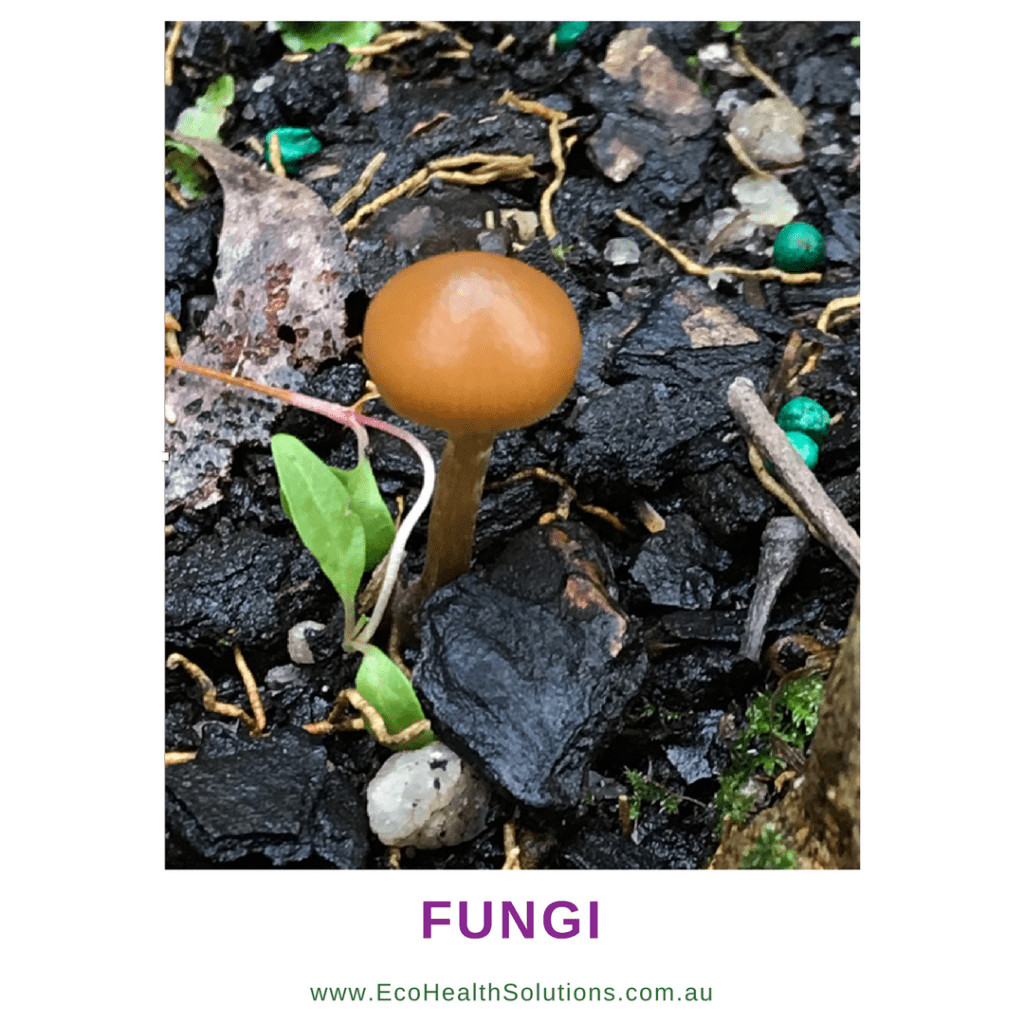“Bake Outs,” Ozone and Our Indoor Air
I want to share some information about ozone, VOCs and our indoor air.
From here, I will share my stance on “bake outs,” so let's start at the end to make sure it all makes sense.
Volatile Organic Compounds (VOCs)
The best example of VOCs is the smell of the cleaning aisle in the supermarket.
That smell – the waft get when you are approaching the cleaning aisle… You know the one?
That is the VOCs being released from the cleaning products.
What is a “Bake Out”?
A “bake out” is a process that utilises the notion that volatile organic compounds (VOCs) are released at a higher rate where there is an increase in temperature. To carry out this technique, you would close up a room or building, crank the heating, and bake out the VOCs. But wait!
BUT, where do they go?
Some can be absorbed by building materials (eg plasterboard) and furnishings (eg curtains, couches, carpet) and much remains in the air.
AND, what happens?
That is part of what I wanted to talk about today.
What is Ozone?
Ozone, is a pale blue gas that is a natural part of our atmosphere. At ground level, ozone can cause damage to the respiratory and cardiovascular systems. The US EPA have created a guide relating to the risks it can pose, as well as offering a proactive approach to protecting health. You can read it here.
Ozone can be introduced to our indoor air via some “air purifiers” – namely ones that deliberately produce ozone, and as a byproduct of ionisers (Britigan, et al, 2006). This can result in levels being well in excess of exposure standards.
Indoor Air Concerns
Ozone, apart from its known health risks, can be very problematic in the indoor environment.
Due to it's molecular structure, ozone readily interacts with other gases (particularly VOCs) to form byproducts – some known, some unknown.
Summary: In a Nutshell
- Avoid doing bake outs
- Avoid anything that produces ozone, including ionising air purifiers
- Introduce more plants in and around your home
And…
Open your doors and windows several times a day to exchange the air and reduce the build up of VOCs and other indoor air contaminants.
References
- Britigan, N, Alshawa, A, and Nozkordoc, SA (May 2006) Quantification of Ozone Levels in Indoor Environments Generated by Ionization and Ozonolysis Air Purifiers J Air Waste Manag Assoc (Online) available at https://www.ncbi.nlm.nih.gov/pubmed/16739796
- US EPA (August 2015) Air Quality Guide for Ozone (Online) available at https://www3.epa.gov/airnow/ozone/air-quality-guide_ozone_2015.pdf (3 November 2017)
#ozone #airpurifiers #bakeouts #indoorairquality

